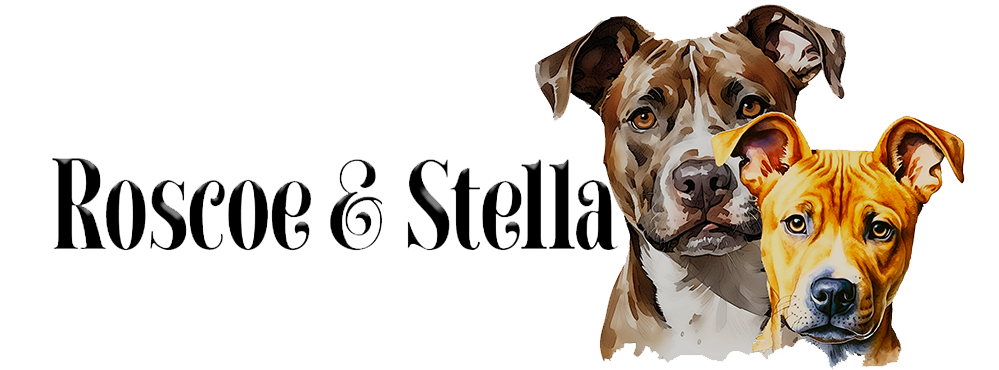ADOPT PRECIOUS RONDA!!
By roscoenstella / April 4, 2025 / No Comments / Dog Blog
Her name is Ronda. She is next level preciousness and she is available for adoption right this very second through the SUFP Foundation and if you are the lucky human who gets to share your life with her, you will be better because of it. Out of state adoptions are possible with a rescue partner’s participation. Please email [email protected] with any and all questions or inquiries. Everyone else please share this unicorn. Thank you!
AGE – 1 1/2
LOCATION – Southern California
*Ronda is up to date on shots, great with dogs big and small, not interested in cats, spayed, great in the car, not a big barker, loves all humans but can be shy with some men. Ronda is perfect and deserves a loving home to call her own. 💜
The post ADOPT PRECIOUS RONDA!! appeared first on Stand Up For Pits Foundation.
